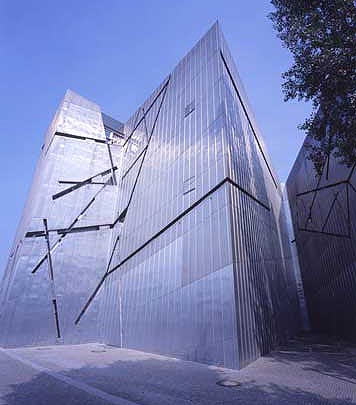I have a shell. I am rewriting the interior.
It is a strange paradoxical situation, where the exterior was first formed by a now irrelevant configuration of interior programming. When finding form, we are often faced with the chicken and egg problem – do you let the interior determine the form or do you create an interesting massing first? There are benefits and criticisms to either; I seem to have stumbled on a way to do both.
I now have a 6 story contemplation space. It is narrow, long, and extremely tall. It has light on all four sides. It has the potential for procession and ceremonial entry. I have the space to make sweeping staircases, tiered balconies, hanging masses. In other words, I have a completely flexible volume of divine space.
So now I have to ask : what is divine space anyways?

Church of Spilled Blood, St. Petersburg

Koln Cathedral

Giant Buddha at Wat Tham Sua temple, Thailand
The obvious for awe-inspiring space ring throughout any religion: vast, opulent, intricate, light filled. While the majority of my mental images are Christian spaces, the same can be true of temples, shrines, and ceremonial spaces.
It is not the subject that inspires awe, but the opulence. The representation of divinity has more to do with money than god. It is not what the cathedral represents that makes our heart leap- it is the space itself. Were the mosaics of the Spilled Blood to be of any other subject, their effect would not be lessened. Were the giant golden Buddha just a statue, the overwhelming power of 30 feet of gold towering above you would be the same.
It is a cruel irony that the “divine” is most easily felt through an exploitation of human weakness: the lust, greed, and envy of great wealth, our extreme bias for outer beauty. We retreat to these places because they make us feel small; we are reminded of a higher power; or, perhaps, for the freedom from the ‘real world’ into one of pure beauty and personal detachment.
Churches are the Heterotopias for the soul.
From here, the Vatican is equal to Las Vegas: a city scale Heterotopia, disconnected from reality, designed to remove entirely your sense of self responsibility. What happens in Vegas, stays in Vegas. What is said in confession, stays in confession.

Memorial to the Murdered Jews of Europe, Berlin

Jewish Museum, Berlin
So as a creator of sacred space, which way to I turn? is opulence and grandeur justified by its proven power to inspire? Or, more true to the humble characteristics of most deities, do I design a modest environment?
Both paths can be successful.
In Berlin, there are two famous examples of each: Eisenman’s Memorial to the Murdered Jews and Leibskind’s jewish museum. Eisenman’s space is stark: architecturally simple and unassuming. His space is brilliant and powerful, but only because it forces a procession through horrifying information that overwhelms; the strength is in subject, not the space itself. Visiting his monument ruined my weekend.
Liebskind’s museum, on the other hand, is a beautiful and iconic collection of symbolic form. The information presented is typical museum fodder, but the architecture itself is the draw: a series of voids transformed into physically powerful experiences. Visiting his museum made me ill.
I have a hole: is it filled with procession or is it filled with form?







.jpg)
